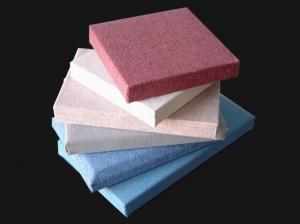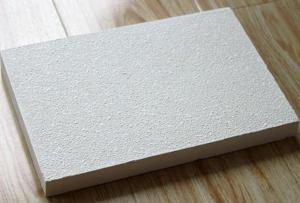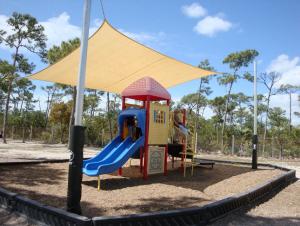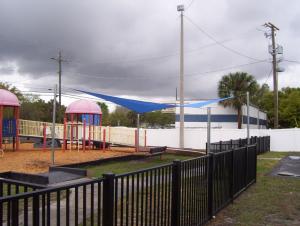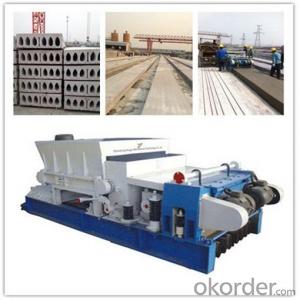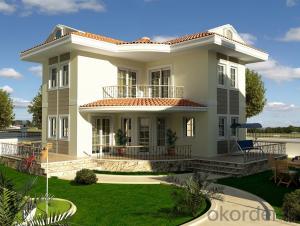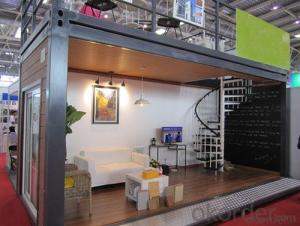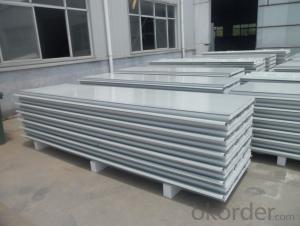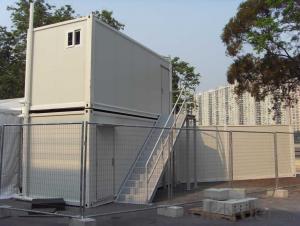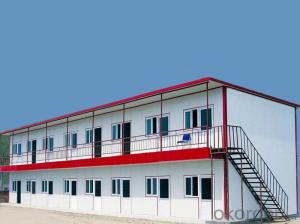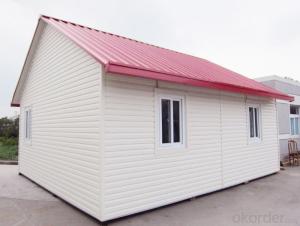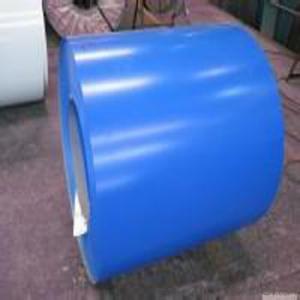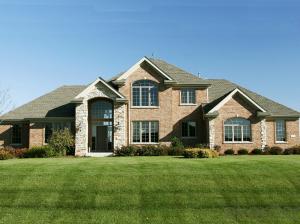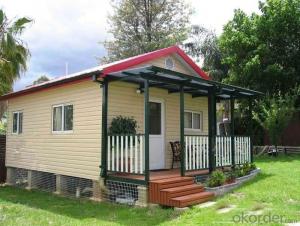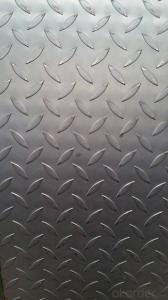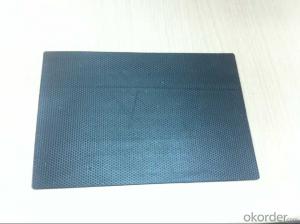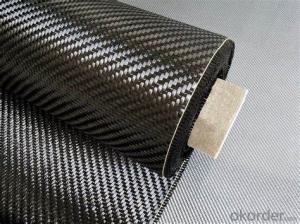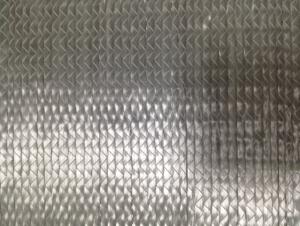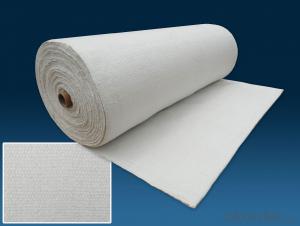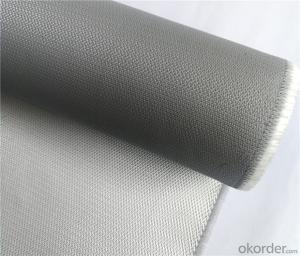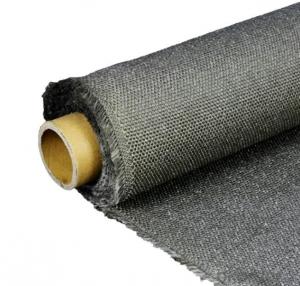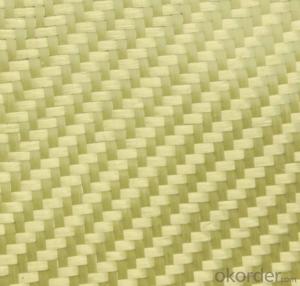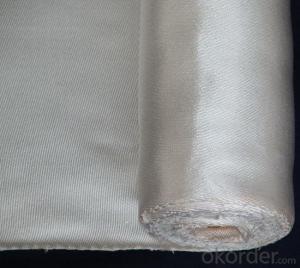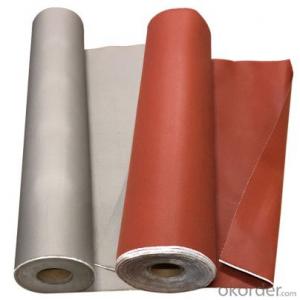House Roof Sheets
House Roof Sheets Related Searches
Led Light Bulbs For Ceiling Fixtures Decorative Ceiling Plate For Light Fixture Ceiling Plate For Hanging Light Fiberglass Panels For Roofing Heat Reflective Material For Roof Track Lights For Kitchen Ceiling Lights For Kitchen Ceiling Lights For Fall Ceiling Hanging Ceiling Chairs For Bedrooms 42 White Ceiling Fan With LightHot Searches
Fiberglass Scaffolding For Sale Plastic Roof Tiles For Sale Fiberglass Panels For Sale Fiberglass Greenhouses For Sale Cost Of Concrete Tile Roof Roof Insulation Price Artificial Slate Roof Tiles Price Ceiling Fan Lowest Price Tesla Solar Roof Inverter Types Of Flat Roof Coverings Stone Wall Tiles Cost Company Office Design Ceramic Roof Tiles Cost Metal Roof Tiles Prices Cement Roof Tile Manufacturers Clay Roof Tile Manufacturers Synthetic Roof Tiles Cost Roof Clay Tiles Prices Interlocking Roof Tiles Prices 30 Year Roof Shingles PricesHouse Roof Sheets Supplier & Manufacturer from China
Okorder.com is a professional House Roof Sheets supplier & manufacturer, offers integrated one-stop services including real-time quoting and online cargo tracking. We are funded by CNBM Group, a Fortune 500 enterprise and the largest House Roof Sheets firm in China.Hot Products
FAQ
- Yes, fiberglass fabric can be used for reinforcement in bridge structures. It is a commonly used material due to its high strength, durability, and resistance to corrosion. Fiberglass fabric provides excellent reinforcement and can be easily molded to fit the desired shape, making it a suitable option for strengthening and enhancing the structural integrity of bridge components.
- There are several different weaves commonly used in fiberglass fabric production, each with its own unique characteristics and applications. Some of the most common weaves include plain weave, twill weave, satin weave, and leno weave. 1. Plain weave: This is the simplest and most basic weave pattern, where the weft and warp fibers are interlaced over and under each other in a simple over-and-under pattern. Plain weave results in a balanced fabric with equal strength in both directions, making it suitable for general applications where strength and stability are required. 2. Twill weave: Twill weave is characterized by a diagonal pattern created by interlacing the weft and warp fibers. This weave produces a strong and durable fabric with good drapability and flexibility. Twill weave fiberglass fabric is commonly used in applications that require high strength and resistance to tearing. 3. Satin weave: Satin weave is known for its smooth and lustrous surface, achieved by floating the weft over multiple warp fibers before interlacing. This weave creates a fabric with excellent drape, high strength, and low porosity. Satin weave fiberglass fabric is often used in applications where a high-quality finish is desired, such as in the production of composite materials. 4. Leno weave: Leno weave is a unique weave pattern that involves twisting adjacent warp fibers together to create a stable and open mesh structure. This weave is commonly used for reinforcement purposes, as it provides excellent stability and prevents fraying or unraveling of the fabric. Leno weave fiberglass fabric is often used in applications such as filtration, insulation, and reinforcement in composites. Overall, the choice of weave in fiberglass fabric production depends on the specific requirements of the application. Each weave offers different properties in terms of strength, flexibility, porosity, and finish, allowing for a wide range of applications in various industries.
- Fiberglass fabric is indeed suitable for insulation in telecommunications cables. This fabric possesses exceptional thermal insulation properties, rendering it an optimal selection for the insulation of cables that carry electrical signals. Furthermore, it can endure high temperatures and exhibits resistance against fire, chemicals, and abrasion. Consequently, it provides a dependable and long-lasting solution for the insulation needs of telecommunications cables. Moreover, fiberglass fabric is lightweight, flexible, and easily manageable, which facilitates the installation and maintenance of cables. Its elevated dielectric strength guarantees the absence of interference with the electrical signals transmitted through the cables. Accordingly, fiberglass fabric is commonly employed as an insulation material in telecommunications cables, ensuring the protection of the cables and facilitating efficient and reliable signal transmission.
- Fiberglass fabric, with its durability, strength, and resistance to different weather conditions, is an ideal option for crafting tents and awnings. Its lightweight nature ensures easy portability while providing exceptional protection against rain and wind. Moreover, the fabric's commendable UV resistance prevents fading and damage caused by prolonged exposure to the sun. Additionally, its inherent fire-resistant properties guarantee safety when used in outdoor structures. In conclusion, fiberglass fabric offers the necessary combination of strength, durability, and weather resistance, making it a suitable material for manufacturing tents and awnings.
- Yes, fiberglass fabric is resistant to fading. Fiberglass is a synthetic material made from fine fibers of glass, which are highly resistant to fading caused by exposure to sunlight. These fibers are often coated with a protective layer that further enhances their resistance to fading. Additionally, fiberglass fabric is also resistant to many chemicals and does not easily deteriorate over time, making it a durable and long-lasting option for various applications.
- Yes, fiberglass fabric can be effectively used for reinforcement in plastic tanks. Its high strength-to-weight ratio and excellent resistance to corrosion and chemicals make it an ideal material for reinforcing plastic tanks, improving their structural integrity and durability.
- Yes, fiberglass fabric can be used for insulation sheets. Fiberglass fabric is widely used in insulation applications because of its excellent thermal properties. It is a non-combustible material that can withstand high temperatures, making it ideal for insulating various areas such as walls, roofs, pipes, and ducts. Fiberglass fabric is also resistant to moisture, which helps prevent the growth of mold and mildew. Additionally, it is a highly durable material that can effectively trap heat or cold, providing efficient insulation for both residential and commercial buildings.
- Fiberglass fabric has the ability to be painted. However, in order to ensure proper adhesion, it is crucial to adequately prepare the surface beforehand. This typically entails cleaning the fabric to eliminate any dirt, dust, or oils, and subsequently applying a primer specifically formulated for fiberglass surfaces. Once the primer has dried, it is then possible to proceed with the application of an appropriate paint on the fiberglass fabric. It is imperative to select a paint that is compatible with the particular type of fiberglass fabric being utilized, as well as one that is specifically designed for the intended purpose, whether it be for indoor or outdoor use. Moreover, it is advisable to apply multiple thin coats of paint instead of a single thick coat to attain the optimum outcome.
